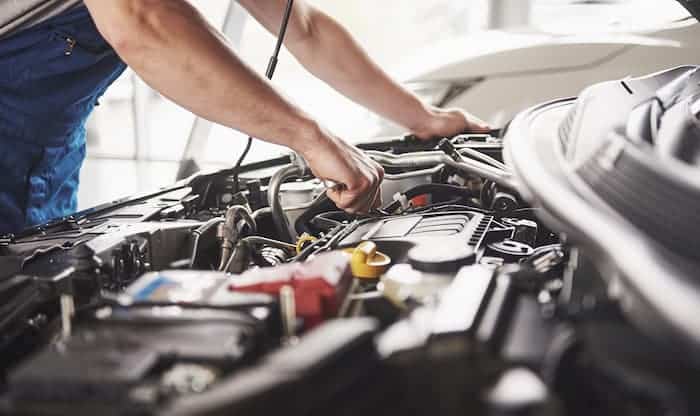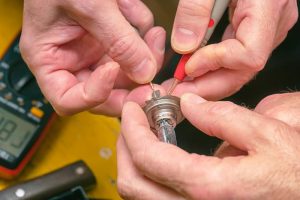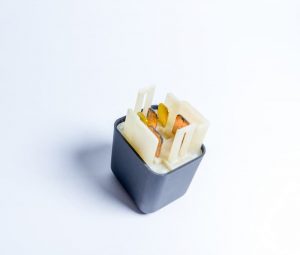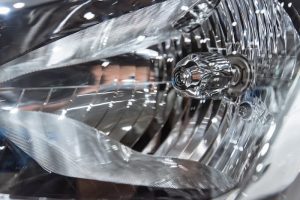Many of us car owners depend on our cars for a lot of things which surround our daily activities. We depend on our cars for driving our kids to shopping or school, resuming early at work, returning home on time, taking summer trips, and more. Owning a car is exciting you would agree but then, having a car that’s broken can also be stressful. This is part of the reason why we tend to sought-after our mechanics immediately when our car breaks down or shows any sign of faultiness.
But, has it ever occurred to you that your mechanic also wants you to keep bringing your car to his store every now and then? This doesn’t mean you shouldn’t take your car to the mechanic, it means that there are a few secrets your mechanic doesn’t want you to know! When it comes to auto repairs and maintenance, it’s not everything that needs the touch of a professional. There are certain things you too can do even with little or no mechanical experience!
So, instead of calling on your mechanic for a minor or regular maintenance routine, you too can save a lot of bucks and do it yourself! From car headlight restoration to its overall maintenance, here are seven DIY maintenance and repair tips your mechanic doesn’t want you to know.
The exact price of car parts
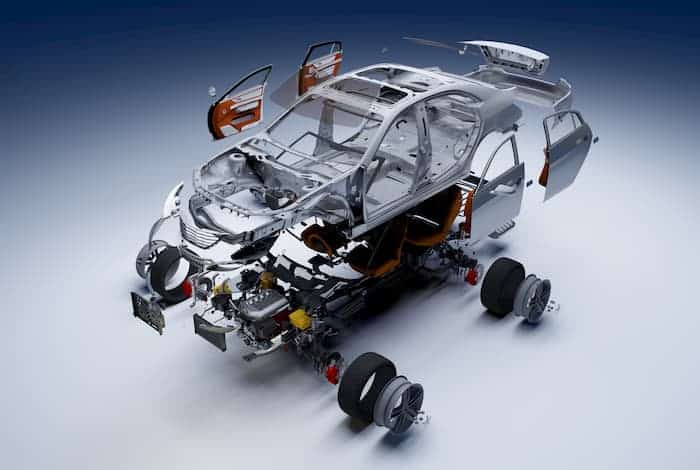
When it comes to replacing car parts or restoring deprecated functions like for example, restoring car headlights, most mechanics would prefer they do the buying of the new parts rather than you. Maybe they have a friend in the parts business who they try to support or the garages they prefer to buy from offers some kind of percentage on every purchase. However, you can easily get the same part (even OEM or OE parts) for much cheaper elsewhere. If you decide to shop online, be sure to buy from reliable sources to help avoid the risk of receiving a counterfeit part. Ask your mechanic to see if they will install parts that you supply – often they will, but they probably won’t provide a warranty on the work if the part is defective.
- How your car works
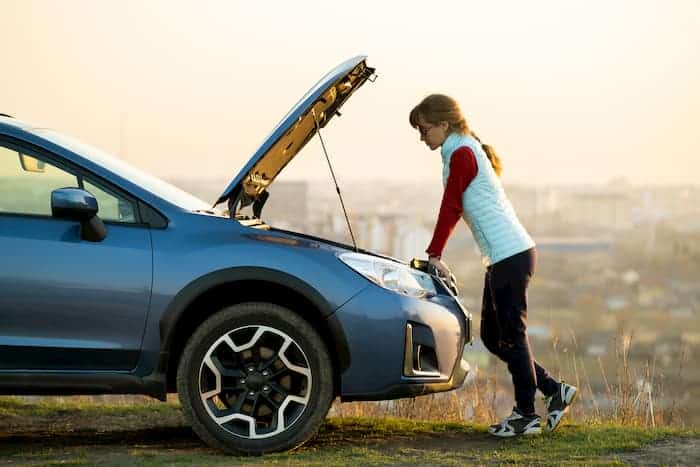
Many mechanics don’t want you to know how your car really works. That’s because if you have a good knowledge about the parts of your car, and what the functions they perform, you will be better able to figure out what’s wrong with your vehicle anytime there is a breakdown and that would help you realize if you are being cheated or taken advantage of by your mechanic. You don’t necessarily need to know exact details like a professional or know how to replace every part of your vehicle, you only need to understand the basics and that would help make sure you don’t have the transmission replaced when you really needed new shocks. For example, knowing how to polish headlights. To help you get a better understanding of your car, use the Internet to research your problem, and the suggested repair – you may even be able to repair it yourself.
- They didn’t actually replace any parts
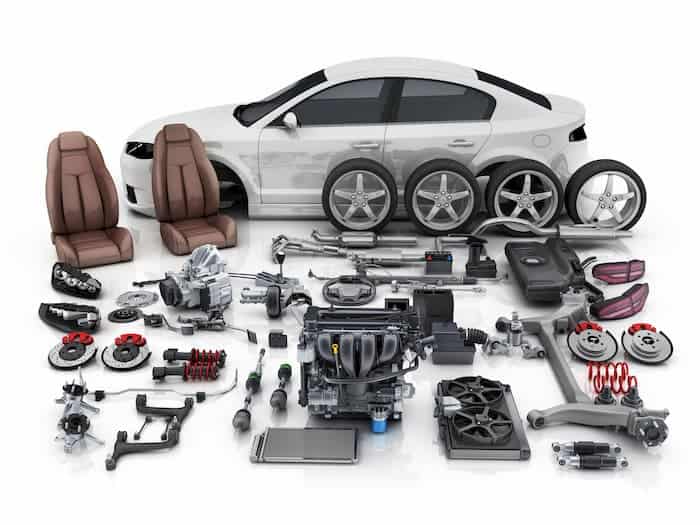
Some mechanics lie about replacing the parts of vehicles they claim needs replacement. Hopefully not every mechanic does that but a very small percentage of mechanics sometimes try to take advantage of their customers. Did they really replace the part they said they would? Does that part need replacing in the first place? To answer these questions, ask for the old part that was removed from the car, preferably in the package that the new part came in. This proves that the part was actually replaced and allows you to verify the quality of the new part installed, and also lets you assess the condition of the old part. You can make your own research and learn how to repair basic car parts like how to change car headlights.
Brake pad screeching is most caused by rust
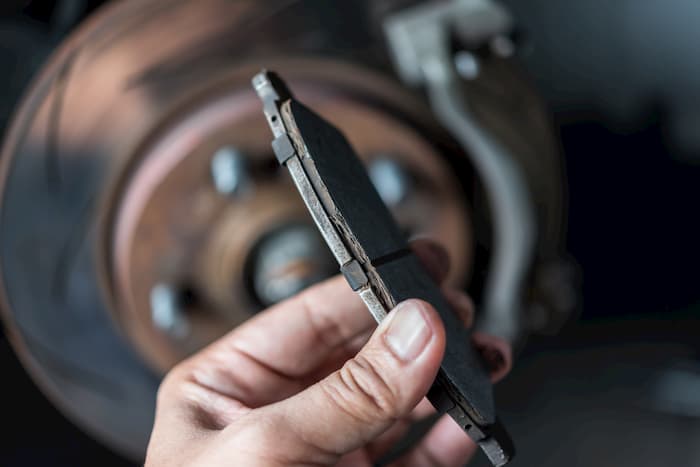
As you drive your car, do you hear a screeching sound each time you step on the brakes? If yes, then I am sure it might have given you some concerns and you are planning on taking your car to the mechanic for a fix.
But your mechanic is suggesting you buy new brake pads! What if he is wrong? When it comes to brake pads, one of the most underlying causes of the screech sound is rust and this rust can be quickly removed or brushed off by you. To stop the screech sound, you don’t need to spend a lot of money on new brake pads.
Although some garage will help you remove the rust, others will suggest you get a new brake pads and would probably sell off your old brake pad.
- Coolant flush
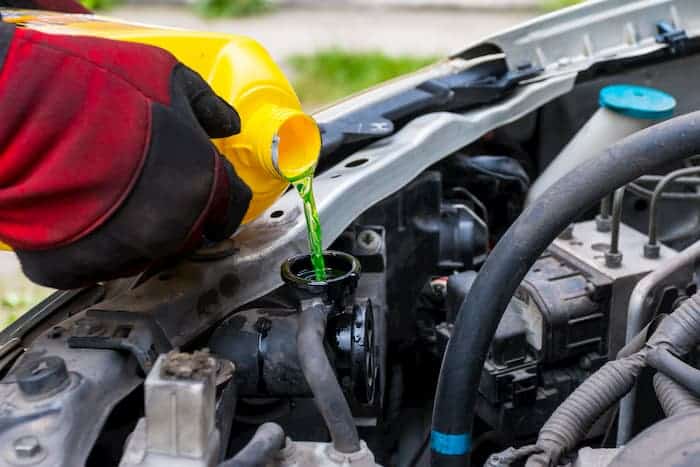
Generally flushing your radiator and cooling system are done every 2 or 3 years, though, newer coolants can sometimes last longer. However, you shouldn’t give in to this upsell all the time. I would recommend you check your owner’s manual to see if you are due for a coolant change. Should your car be due for a coolant change, follow these simple steps to flush your radiator.
Step 1: Make sure that the proper coolant for your engine is used because using the wrong coolant can cause problems with your engine gaskets and metals resulting in overheating. If you aren’t due for a flush and the fluid still looks good, skip it, as it will only be a waste of money.
Step 2: Ensure your car is completely cool before you begin. Open your manual to help you locate the radiator’s drain plug. Now have your coolant receptacle in place, unscrew the drain plug, and let the old coolant drain completely out.
Step 3: Replace the drain plug and remove the radiator cap. Use the funnel to add the radiator flush cleaning solution and then fill the rest of the radiator with water. After that, replace the radiator cap, start the car, and let it run until it gets to its normal operating temperature.
Step 4: Turn on your heater to its hottest position, and let the car run for 10 minutes.
Turn the car off and wait for the engine to cool completely. Then, drain the contents of the radiator, refill the radiator with fresh coolant and be sure to dispose of the old coolant safely by taking it to an auto parts store, gas station, or mechanic. That’s because old coolant is fatal, but its sweet taste can be enticing to pets.
- Spark plug replacement
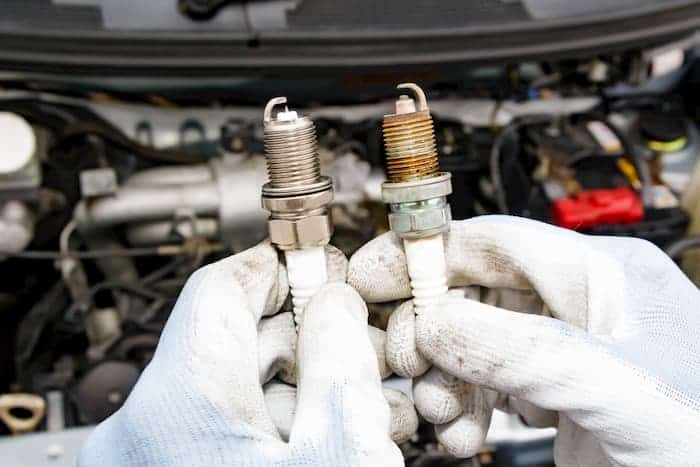
Have you ever thought about replacing your plugs yourself? Of course not, you probably think it’s best left for the professionals . Well not quite! You too can effectively change your car plugs yourself.
- Tools you will need: Socket wrench, racket, spark plug socket, or 12″ socket extension.
- Time to complete: 20 to 30 minutes
To determine when your spark plugs need changing, I recommend you check with your car manual. However, in general, most spark plugs need replacing after about 30,000 miles. Spark plugs are placed in specific orders so you would have to install the replacement in the same exact order.
To start, locate your spark plugs. They are located under your car hood and attached to thick rubber wires. You will find either four, six, or eight plugs just attached to your car engine depending on how many cylinders your car has.
Step 1: Remove the wire to the first spark plug only. Ensure not to remove all the plug wires at once, that’s because spark plugs are installed in a certain order, which you need to maintain.
Step 2: Use the extension on your ratchet and spark plug socket to remove the first spark plug.
Step 3: Install your new spark plug, screwing it in by hand at first and then tightening it with a wrench for a snug fit.
NB: Do not over-tighten. Re-attach the spark plug wire.
Repeat these steps for each spark plug, one at a time. If you buy the right plugs, you won’t have to worry about “gapping” the plugs, because they’ll come pre-gapped.
- Oil and oil filter
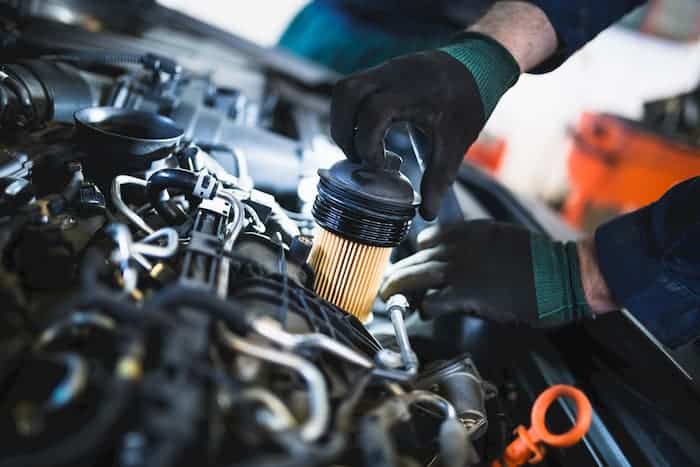
Changing your oil and oil filter might seem much of what a professional mechanic would handle but that’s not entirely true. To get started here are what you would need.
- Tools you would need: Oil filter, Ratchet, oil pan, funnel, wheel spanner.
- Time required: 30 to 45 minutes
According to experts, you are required to change your car oil every 3,000 miles or 5,000 miles depending on the car and how you use it. If you don’t dry much distance you can try every six months. Whichever period you choose always remember that you must never change your oil when the engine is still hot
Step 1: To start, first jack up your car with your wheel spanner. Next, get under your car and locate your vehicle’s oil pan. You can easily find it just below the engine underneath the car. Unscrew the drain plug and drain all of the old oil into your oil pan or a bowl.
Step 2: Go back to your engine and remove the old oil filter after you must have drained the entire old oil. But be careful, there might still be some oil in the oil filter container.
Step 3: Lubricate the rubber gasket on the new oil filter with some new motor engine oil. After that, ensure you fill the new oil filter with about two-thirds of the new oil.
Screw in the new oil filter- hand-tighten it only. Now, fill the engine with new oil, using your funnel and with the engine dip-stick, double check your oil level to be sure you’ve added enough. Finally, discard the old oil filter or recycle it. Most gas stations will take it
Conclusion
When it comes to car needs the list can go on and on for a while. From restoring your car headlight glass to fixing your bad headlight relay, and changing your engine oil or spark plug, knowing what your car needs and how to fix the problem yourself cannot be overemphasized. Not only does this knowledge help you save quite a lot of money that would have otherwise gone into the mechanic’s bank, it also makes you confident and helps you avoid being deceived.

